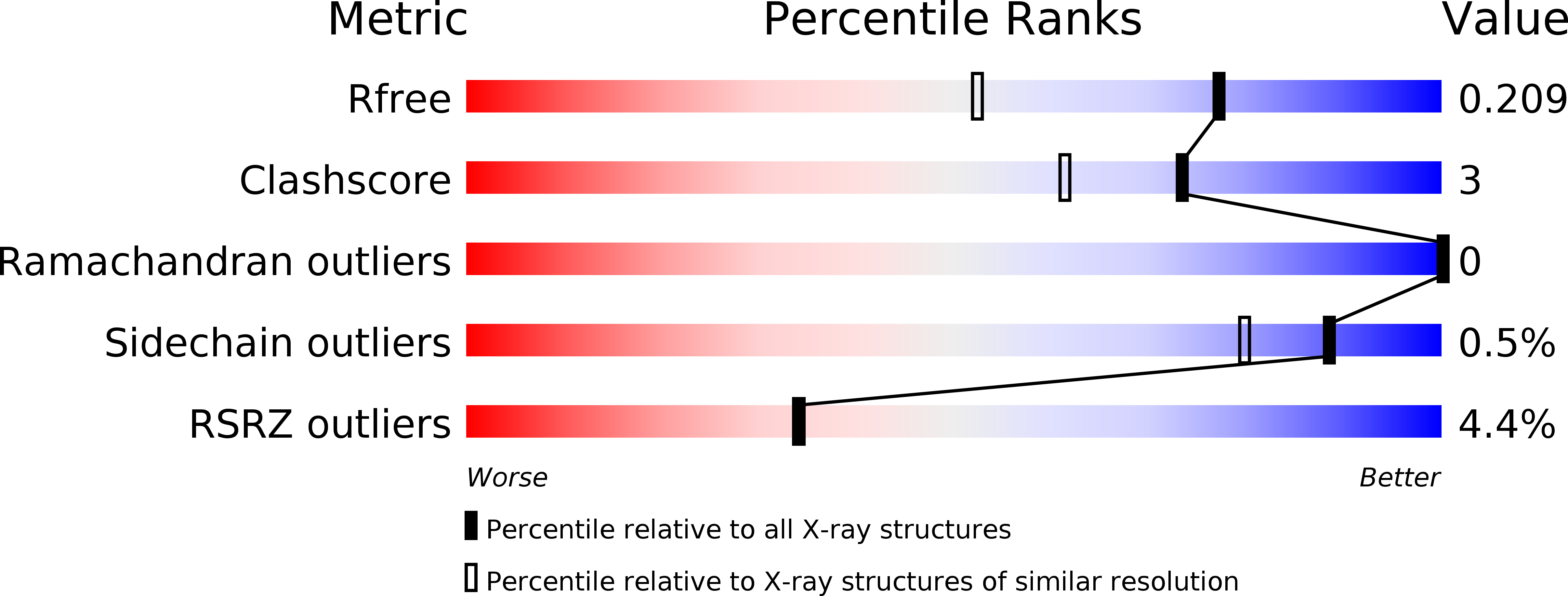
Deposition Date
2020-04-08
Release Date
2020-08-26
Last Version Date
2024-10-09
Entry Detail
Biological Source:
Source Organism:
Porites astreoides (Taxon ID: 104758)
Host Organism:
Method Details:
Experimental Method:
Resolution:
1.57 Å
R-Value Free:
0.20
R-Value Work:
0.17
R-Value Observed:
0.17
Space Group:
P 21 21 21


